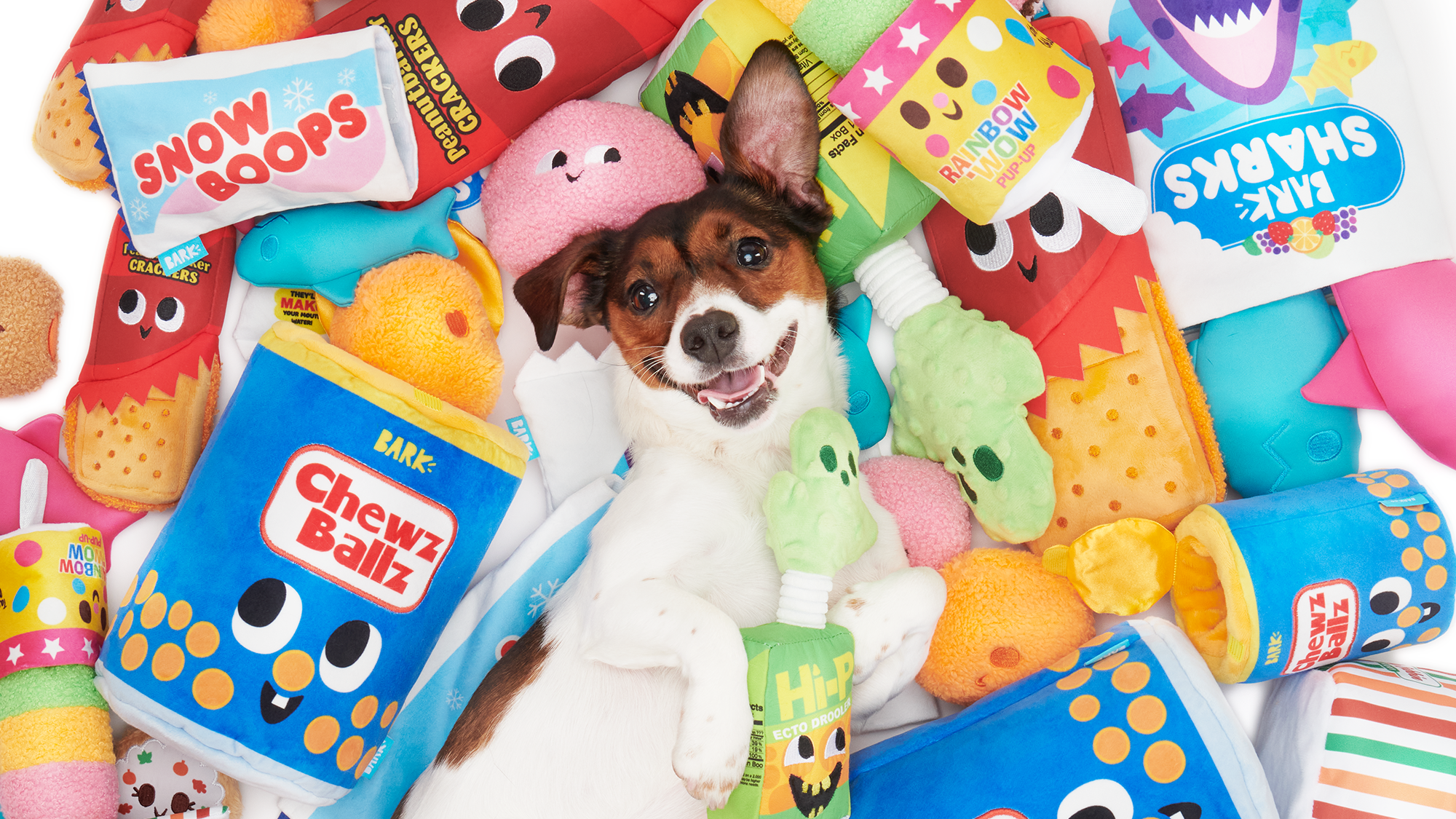20 genius pet care hacks every owner should know
These pet care hacks are not only budget and schedule-friendly, but also help you level up your pet care

Looking after a fur kid is a pleasure and a privilege, but that doesn’t mean pet care hacks aren’t a welcome relief to your budget and schedule. Providing the best care is on top of every pet parent’s list, there’s no doubt about that. And, thanks to a few time-saving tips, you can claw back some hours to do what you love best: spending quality time with your pet.
Pet care hacks can also help you save a dollar here and there to help you invest in your pet, whether that’s for a new toy, an experience you can both enjoy, or that piece of pet tech you’ve always wanted, like one of the best pet trackers.
It's not about compromising on care either – lots of pet care hacks help you find genius ways to make your pet's life better, too.
Ultimately, successfully implementing pet care hacks is super-satisfying – there’s no better pick-me-up than a little win here and there over the course of your week. Wondering where to get started? Check out our list of simple (but genius) pet care hacks, no matter the species.
20 genius pet care hacks every owner should know
1. Buy in bulk

We’re kicking things off with a reasonably obvious pet care hack, but it’s tried, tested, and it works! If you’re able to, purchasing pet supplies in bulk from a wholesale retailer such as Costco will mean that, although the initial investment is large, you’ll save on your pet’s feed, bedding, and other supplies long term.
This strategy relies on having storage at hand, so it may not be suitable for apartments, but if you have another pet-owning pal who uses the same products, you might be able to split the cost and the spoils.
2. Keep kitty whisker happy
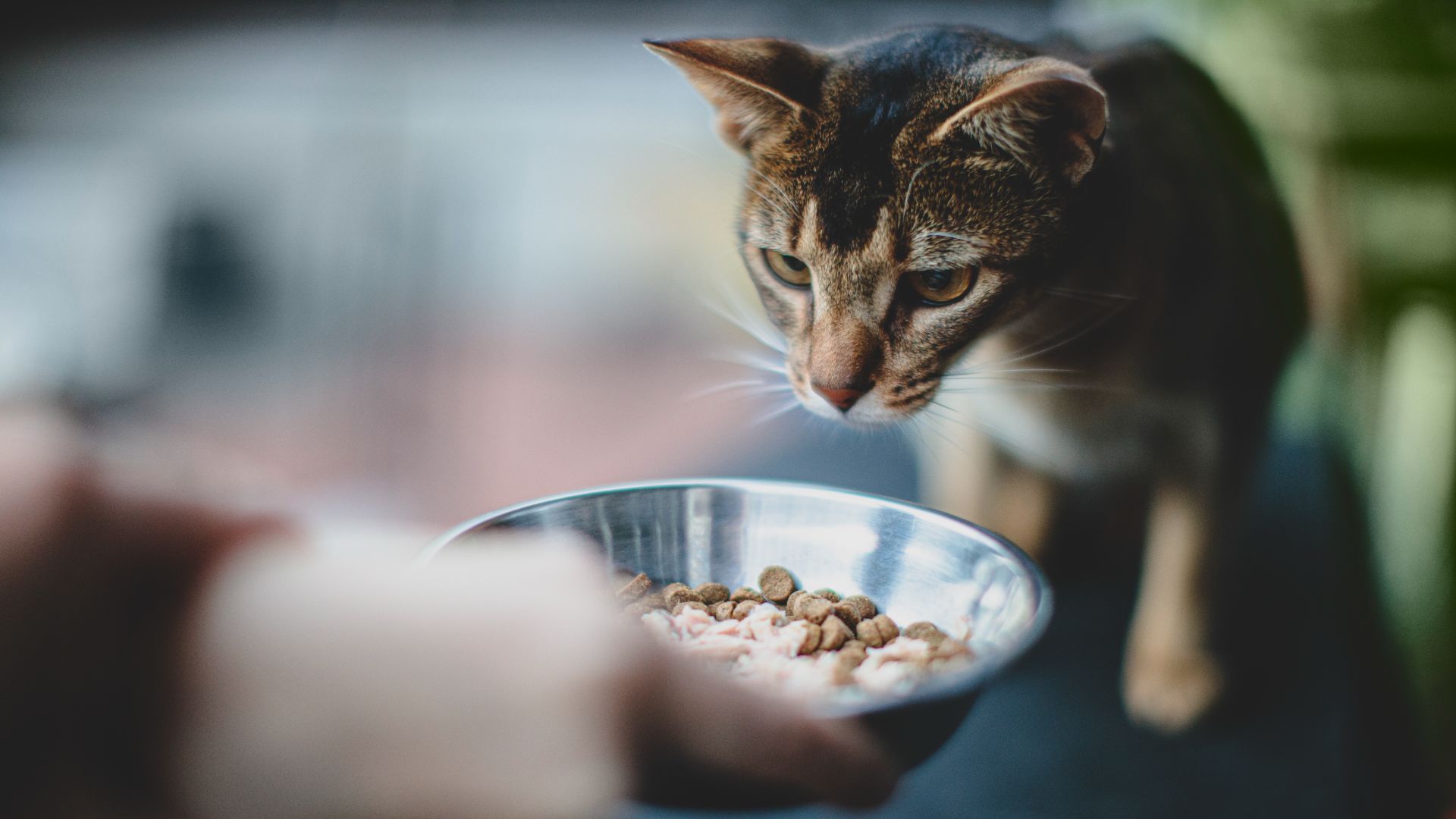
Did you know that cats can become overstimulated or frustrated by their whiskers constantly brushing up against surfaces? It’s a phenomenon known as whisker fatigue, and can sometimes be a factor in reduced cat appetite due to the too-narrow circumference of their feed bowl.
Get the best advice, tips and top tech for your beloved Pets
The best cat food bowls are wide and shallow to accommodate whiskers without touching the sides, so make sure yours isn’t causing kitty problems.
3. Be ‘butter’ at bathtime
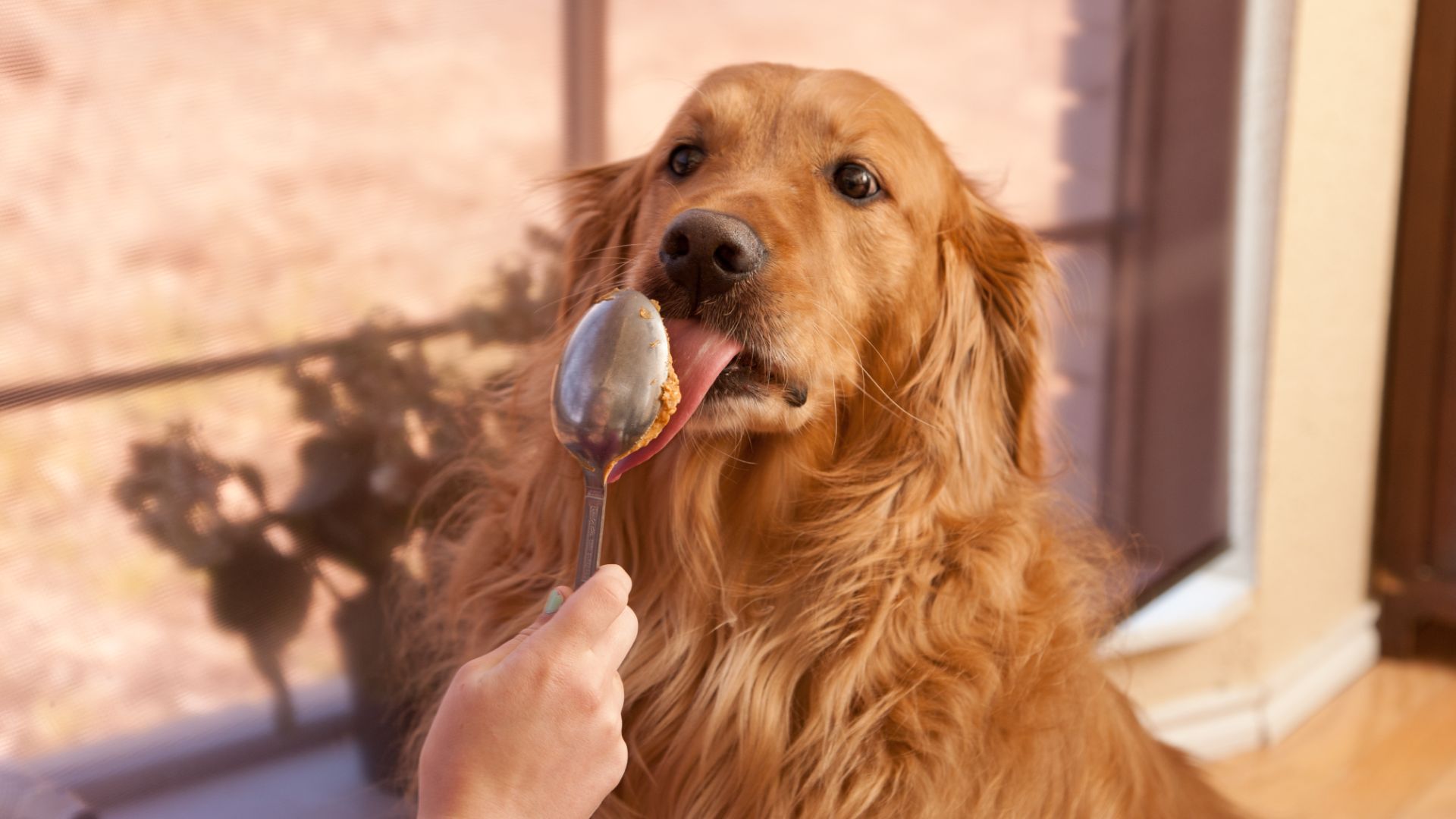
Anyone who knows how to give a dog a bath is aware that pooches frequently protest to being clean – it can be hard to keep them still and calm in the tub.
You can keep your dog’s attention away from the best dog shampoo by smearing a pet-safe peanut butter on the side of the tub, not only to distract them and manage wriggling around, but also to make the bathing process much more enjoyable in the eyes of a dog, too.
4. Supersize your supplies
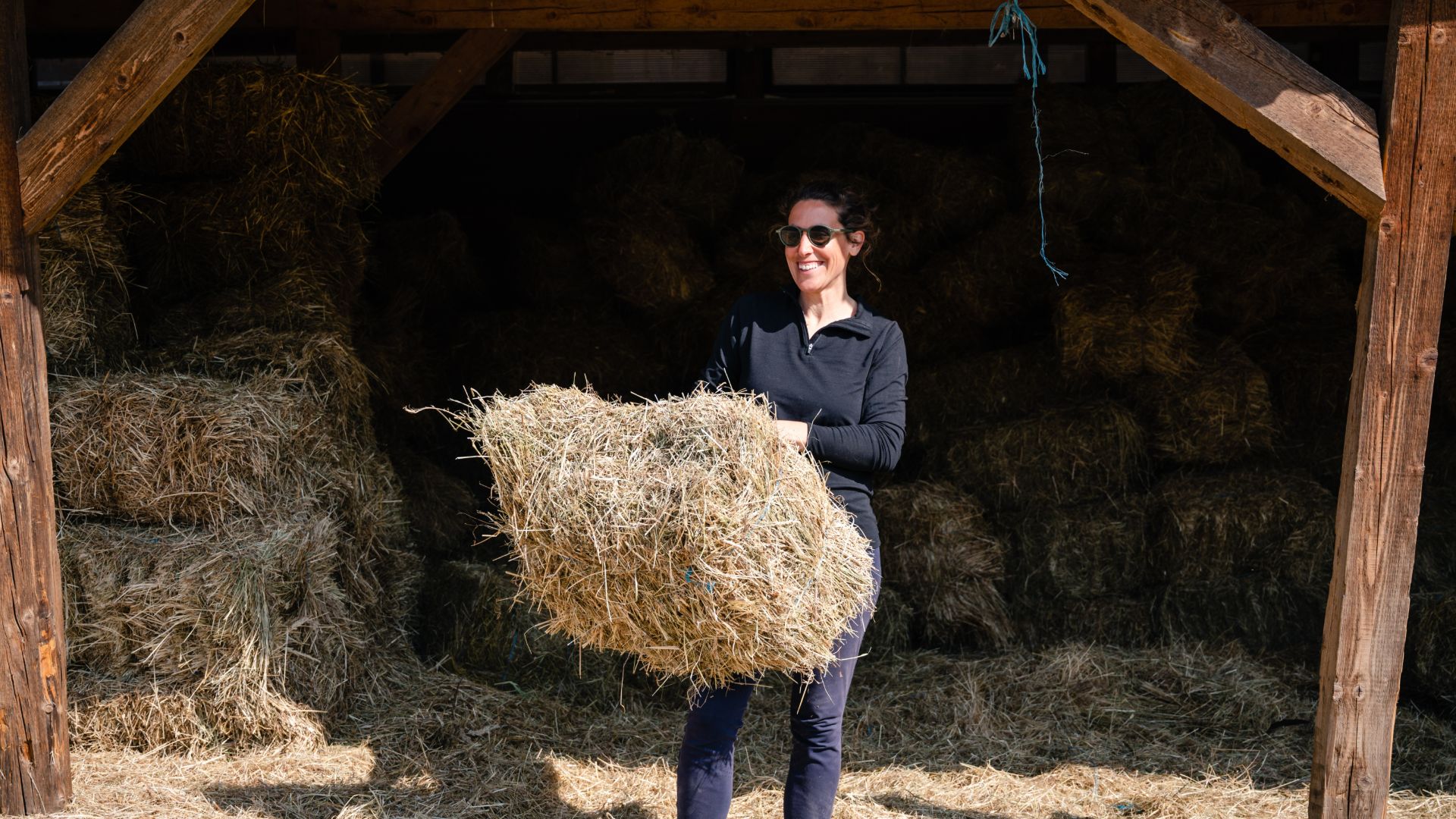
Another bulk buying hack for small animal parents is scaling up your purchases with equestrian supplies. Rather than paying as much as $10 for a 90oz pack of hay, you can get a 55lb bale for anywhere between $15–$30, depending on your location and hay quality. You can also supplement the hay with smaller bales of different kinds – exposure to different types of roughage will benefit your little critter’s teeth and long-term digestive health.
Again, you’ll need somewhere to store your bigger bale and keep it dry, but it’ll save you a bunch in the long run.
5. Scatter that feed
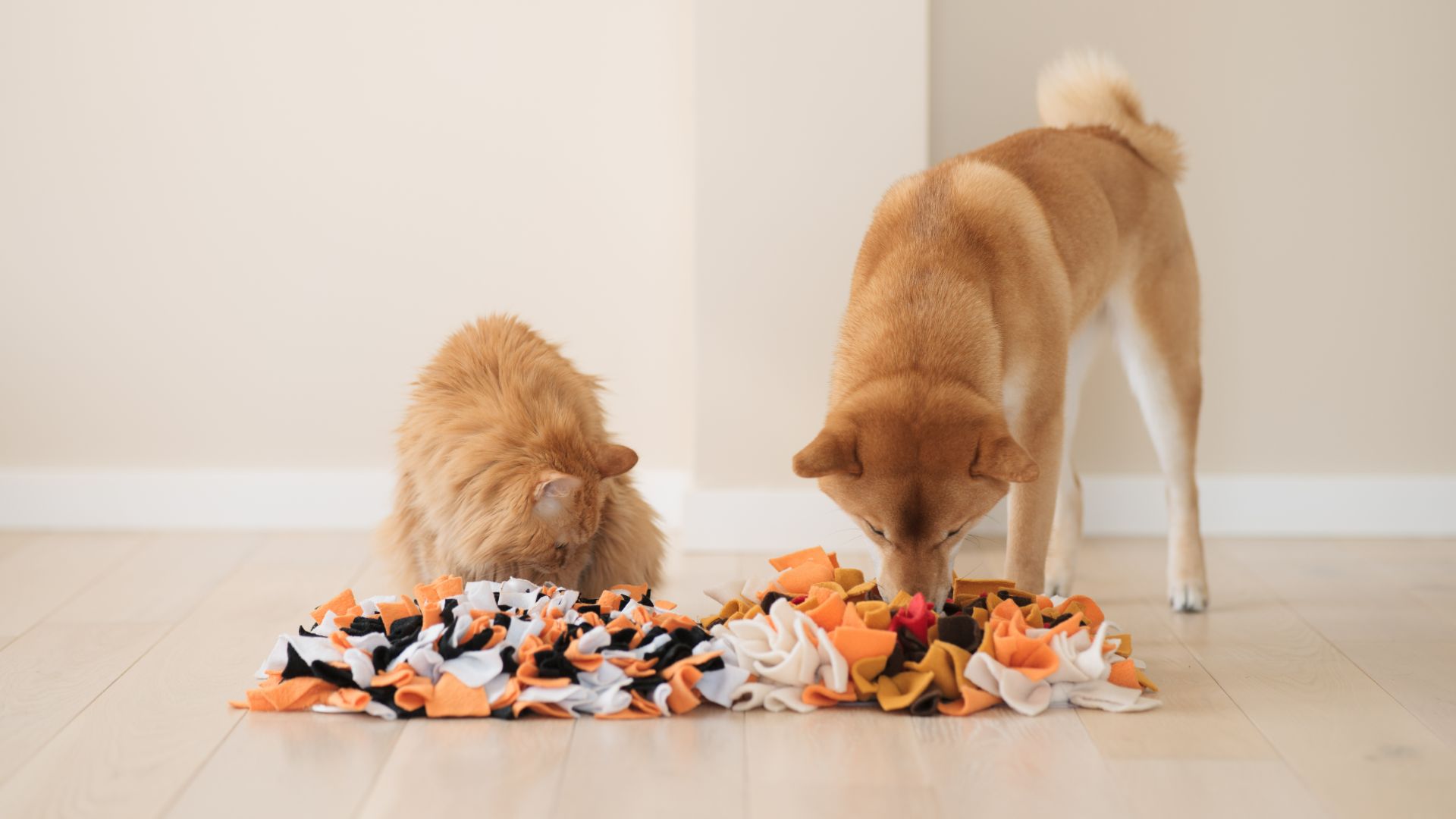
Want an easy and effective way to not only keep your pet entertained, but also slow down their eating? Scatter their kibble, nuggets, or pellet feed to help replicate natural foraging.
Whether you use one of the best snuffle mats or simply sprinkle the feed in your pet’s enclosure, this technique enriches feeding times for furkids of all species
6. Track your treats
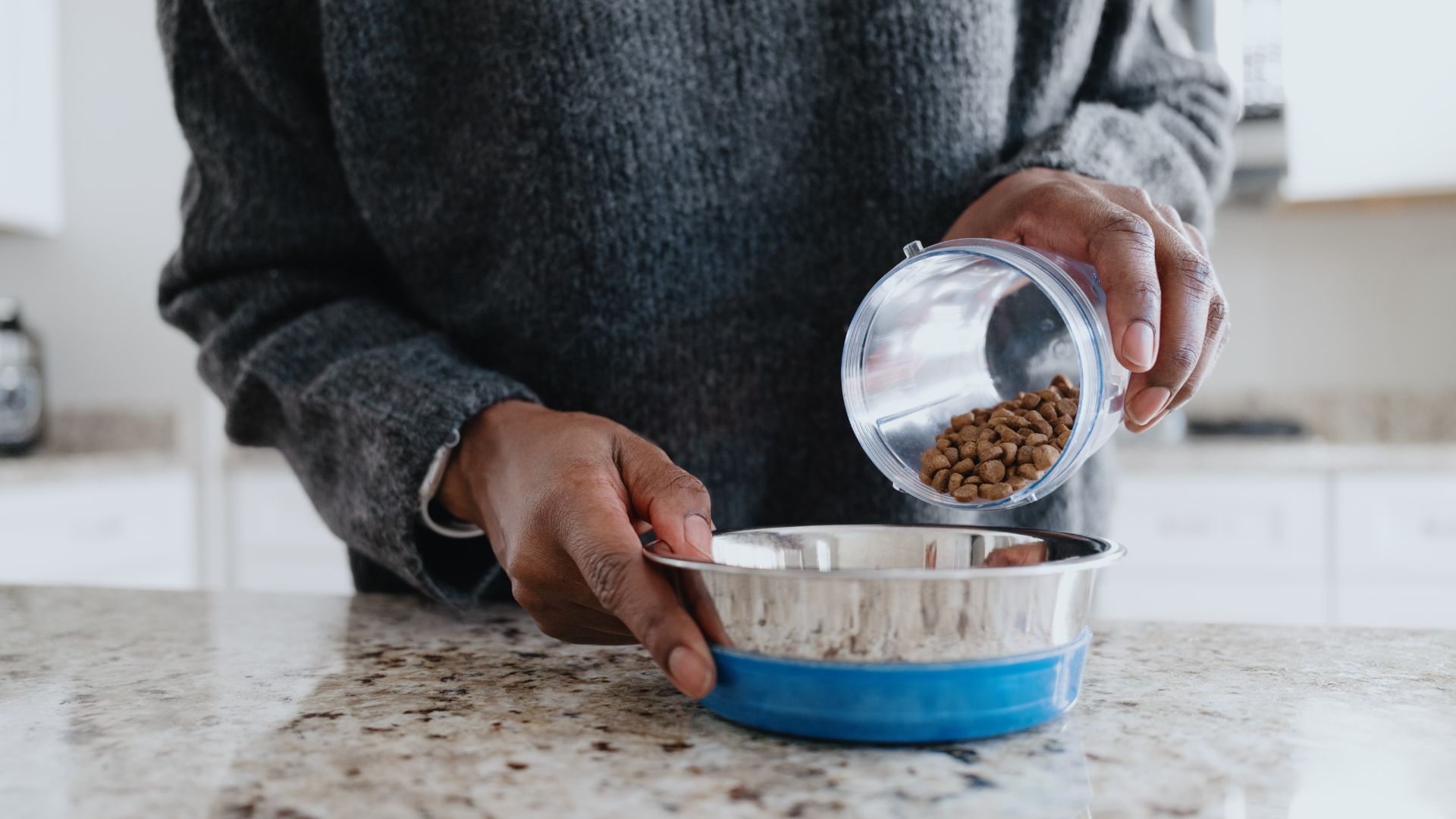
Many US pets struggle with weight issues, and it can be hard to keep track of what they eat, particularly if you’re using the best dog treats for plenty of positive reinforcement training.
Cut out the concern and keep control of exactly what your dog is eating by reserving a nominated amount of their bowl ration to use as rewards in training or enrichment. This works for bunny, kitty, and horse training, too!
7. No more dirty ears
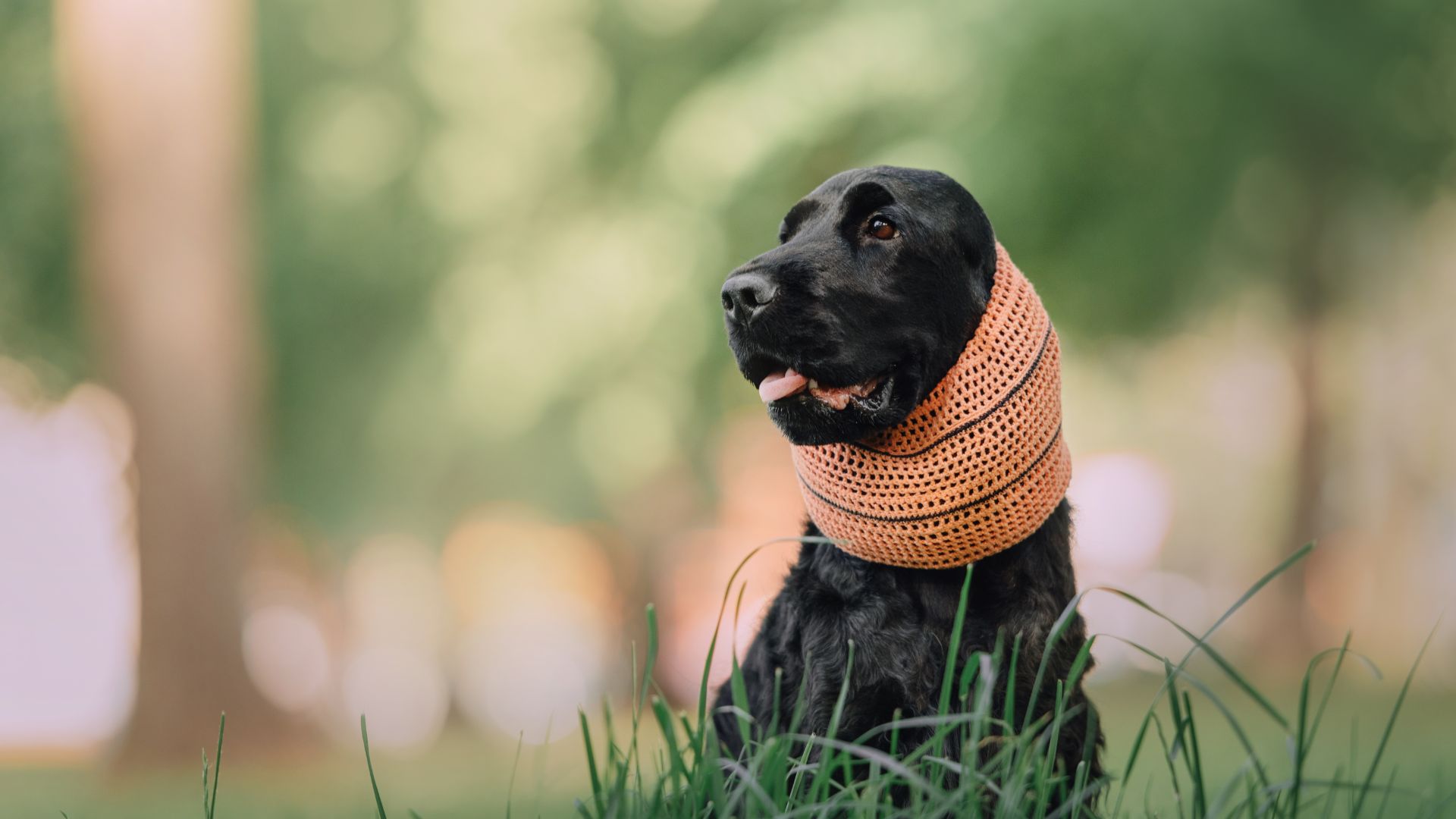
Some pup parents use pet snoods or ear muffs to muffle loud or distressing noises, which can help reduce stress. But they’re also a good idea for dogs like cocker spaniels with long ears at mealtimes, on summer walks to prevent grass seeds from entering the ears, or to prevent pom-poms caused by snow build-up on winter walks.
8. VIP access

Ever encountered unwanted feline visitors who have followed your kitty through their door? It happens a lot and can be a nuisance, especially if the visiting cat eats your furkid’s food or starts trying to mark new territory in your home.
How to keep these opportunists at bay? Get one of the best microchip cat flaps. These super-smart devices only unlock after reading your cat’s microchip, allowing your precious puss entry and keeping foreign felines out. Pretty nifty!
9. Frozen puzzle
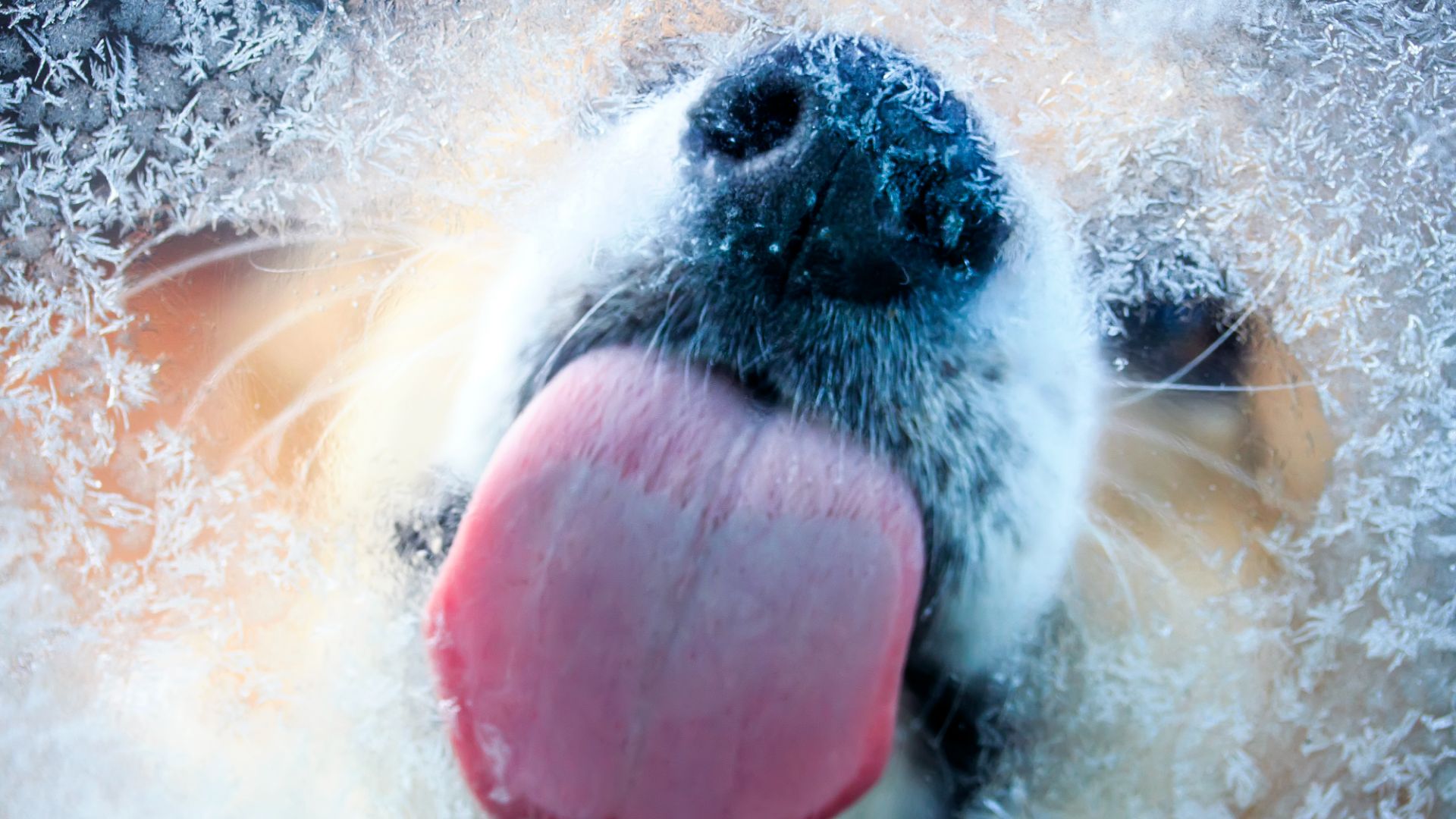
Canine enrichment can be tough to plan and implement – you don’t want to have to rely on too much food to keep your dog entertained, but you might not have enough time on your hands to fit in several daily play sessions. So, what’s a pet parent to do
Thankfully, you can solve this problem with one of the simplest pet care hacks. Before bed, fill a clean dog bowl about halfway with water, drop in a chew toy, and place it in the freezer. The next day, you’ll have an enrichment task for your dog. It’s especially useful in hot weather as a way to cool down a dog.
10. Frozen treats
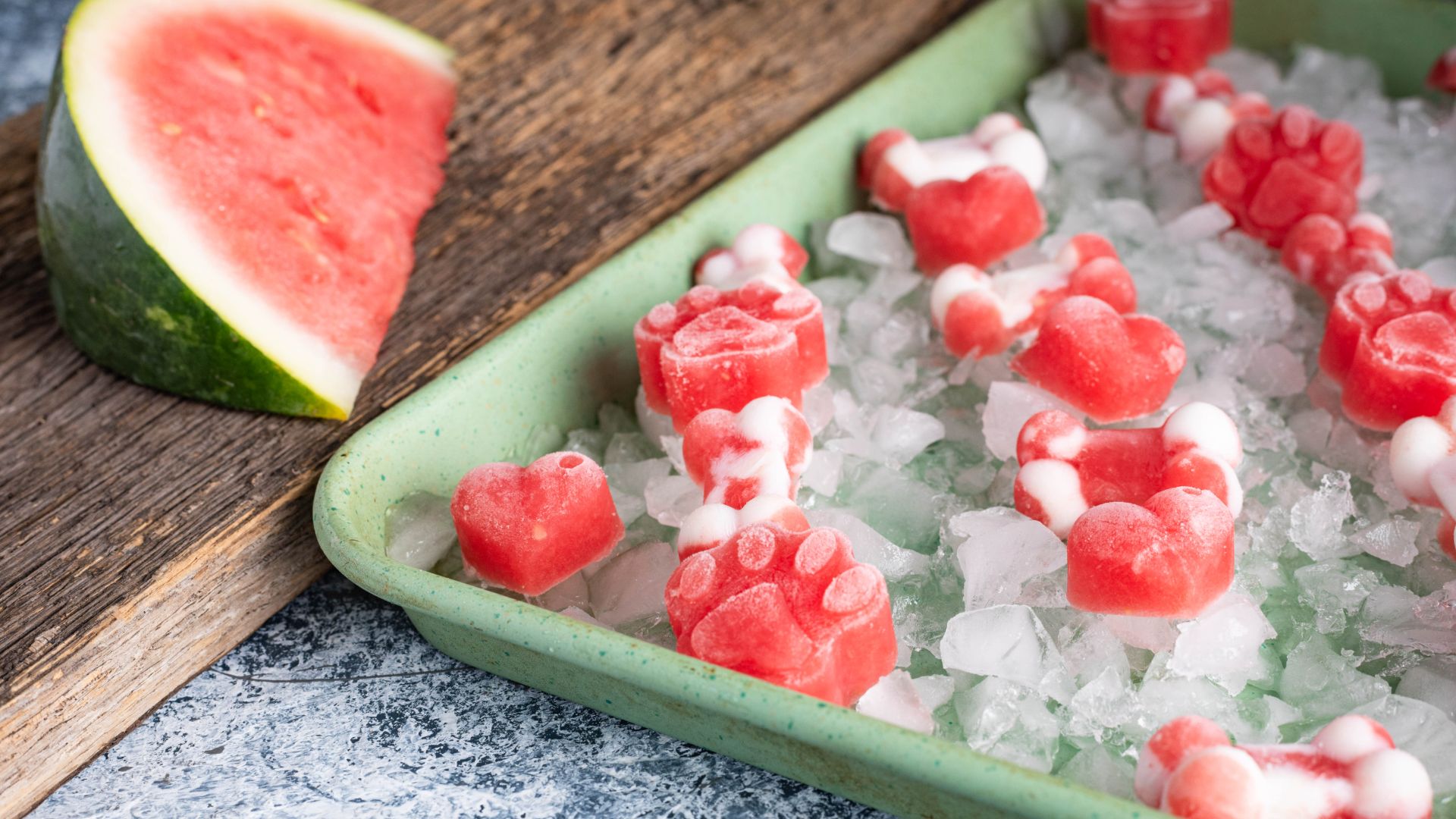
You can recreate the same task using chunks of meat from your dog or cat’s ration. Horses are also ok to lick a frozen bucket of water on a hot day. However, it’s not recommended to let small animals like rabbits and guinea pigs lick ice cubes, as it can cause digestive upset.
11. Let them air dry
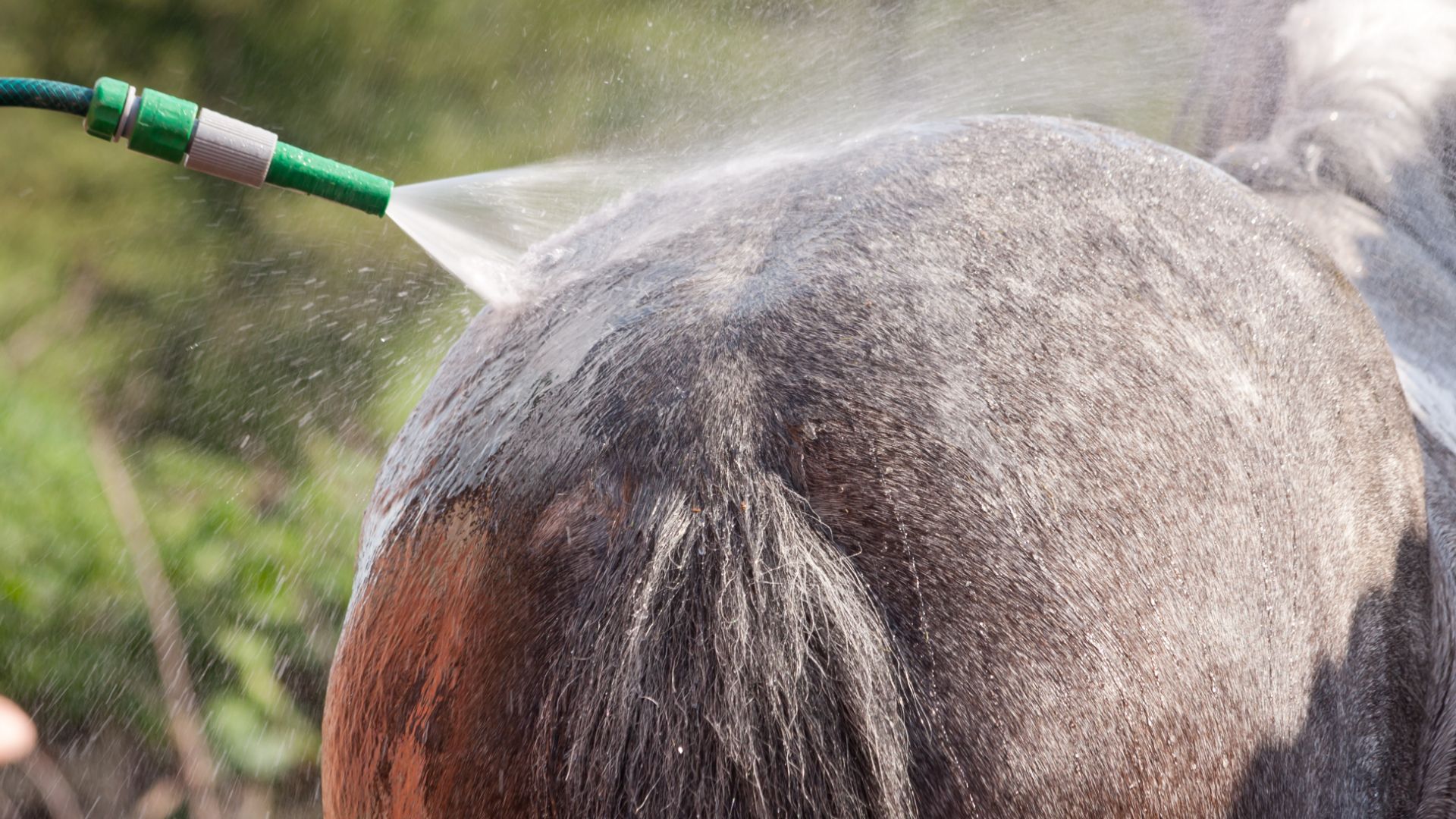
Speaking of keeping animals cool, the best way to beat the heat after a bath is to avoid drying your pet. Rather, leave the water to evaporate off.
There’s a common misconception among horse owners that, after hosing their bodies down, horses should have the excess water scraped off, as the water can heat up and ‘cook’ the horse. This is completely false! Leaving the water to evaporate will reduce a horse’s skin temperature much more effectively.
12. Get carrier happy in the home
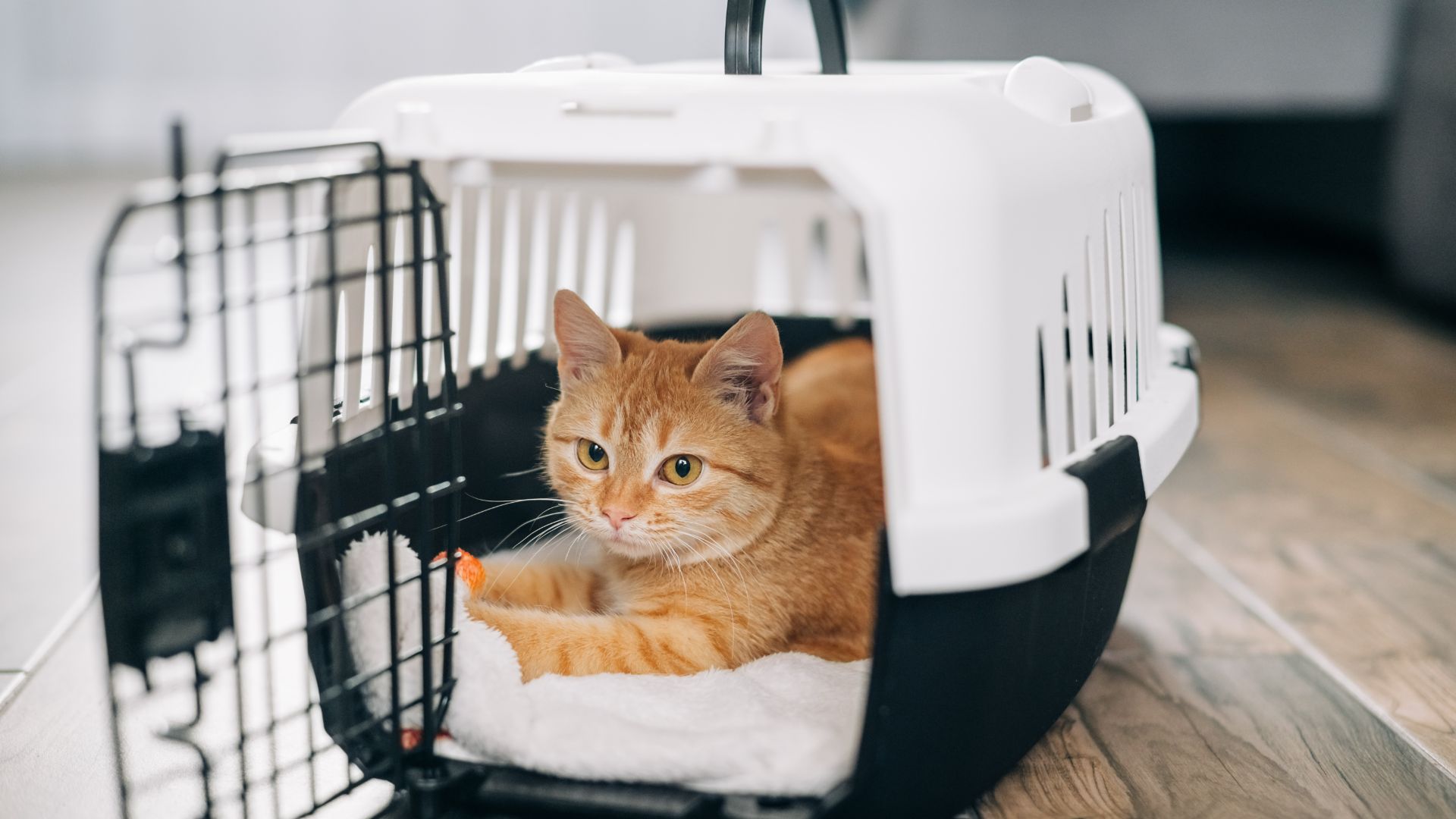
Do you dread having to pull out the pet carrier and coax your unwilling pet inside? You can’t really blame an animal for their apprehension, especially if they only interact with their carrier on a trip to the vet.
Instead of putting the carrier away between uses, leave it out in your home and incorporate using it into your training. You can use positive reinforcement training to reward your pet when they venture in, or try feeding them inside. If the carrier becomes a normal part of daily life, your pet is likely to feel much more at ease with it.
13. DIY cat deterrants

Cats love messing with stuff, but they are repelled by the smell of citrus. So, leave lemon, orange, or any citrus fruit peel next to stuff you want your cat to leave alone, like houseplants.
Similarly, placing a sheet of aluminum foil on surfaces you won’t want your cat to walk on should help deter them, too.
14. Safe scratching
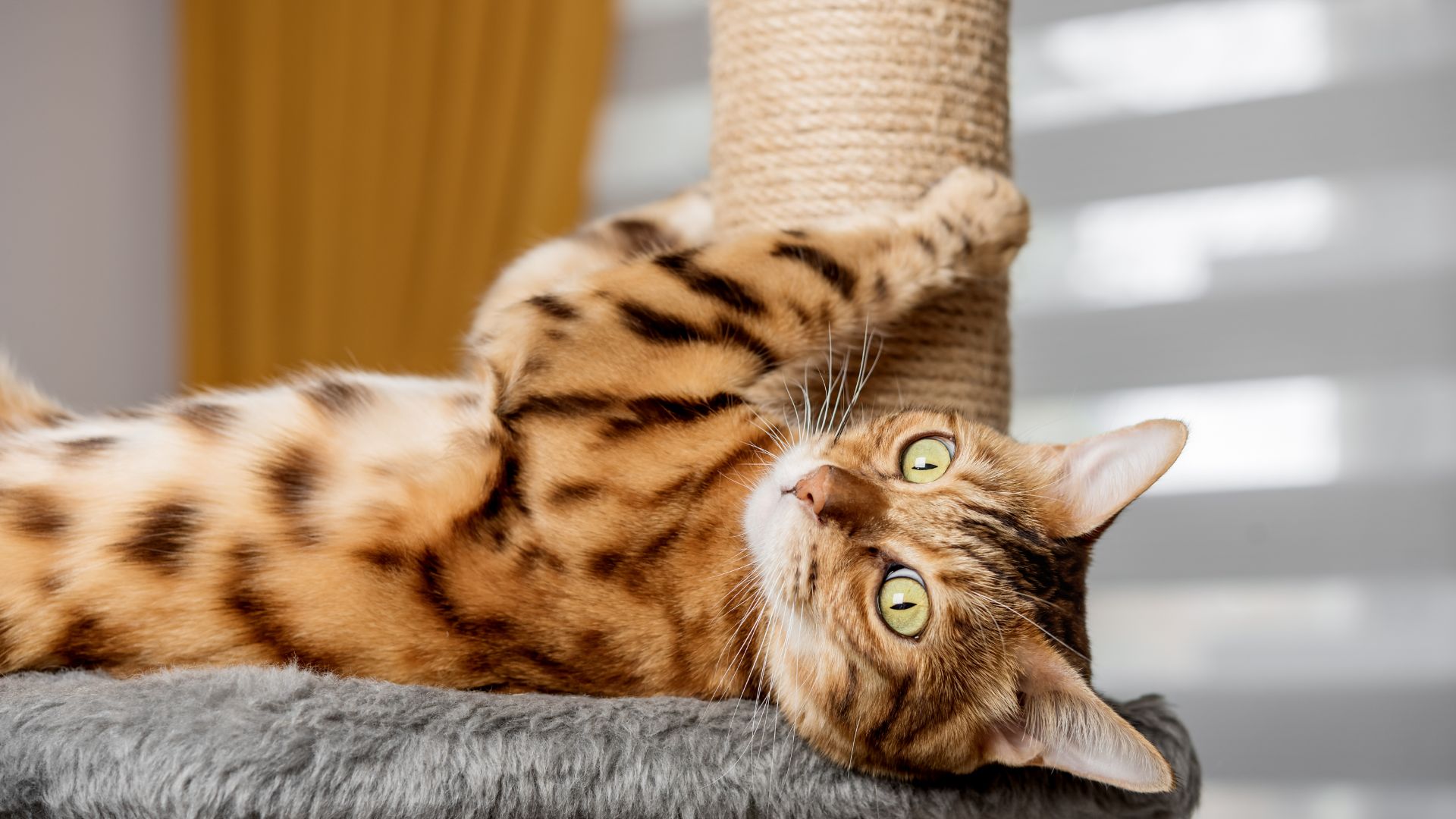
Got a new puppy who’s entering their chewing era? Or perhaps a cat who ignores their own scratching post and opts instead to sharpen their claws on table legs and so on?
Often, this behaviour is phasic. So, while you ride it out, why not wrap exposed furniture legs that are oh-so-enticing to claws and teeth with sisal rope? You’ll still have to monitor and redirect your pet’s behaviour, but it’s a great first line of defence.
15. Vary up the menu
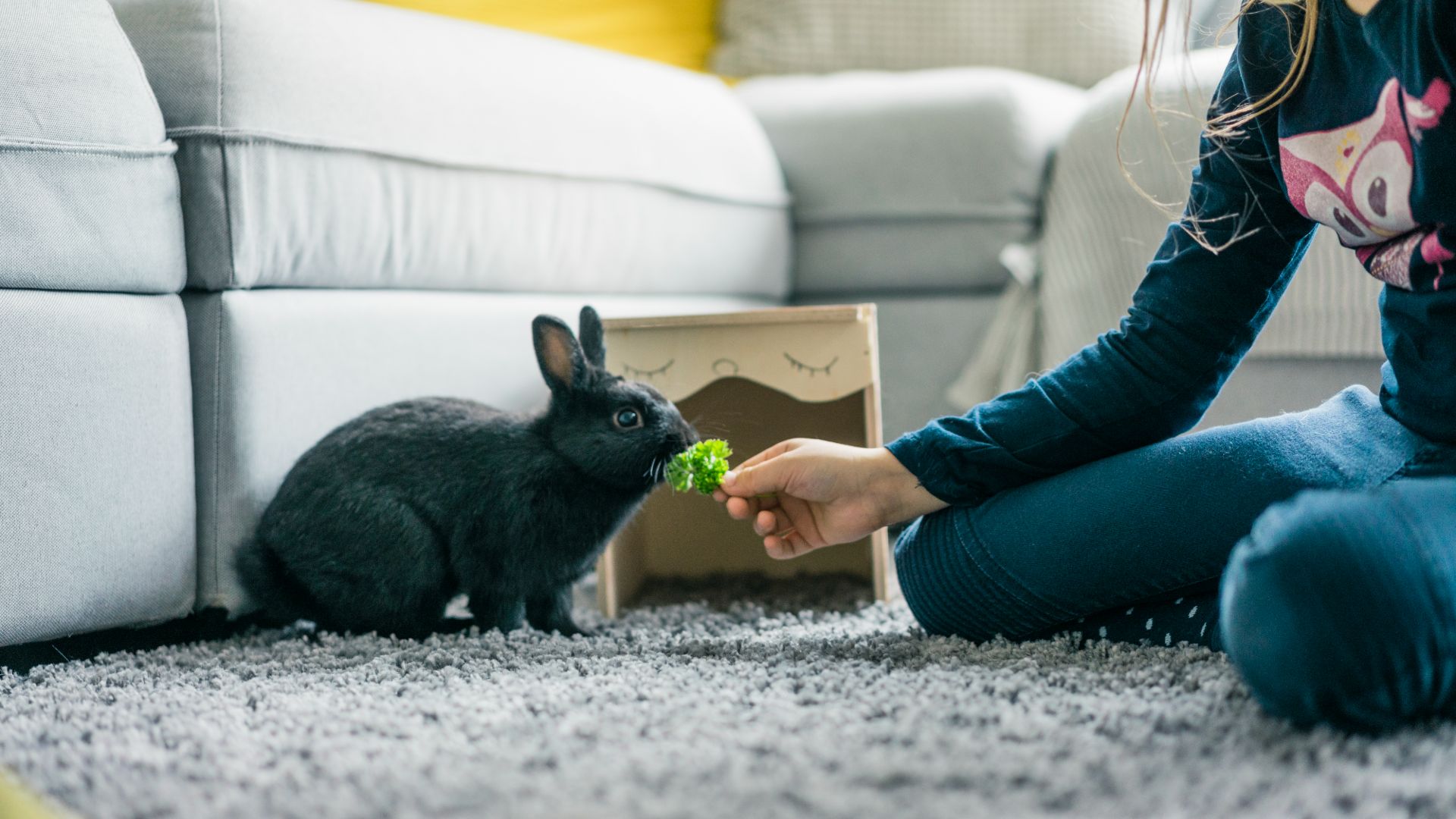
Keep your rabbit’s diet varied by saving them some scraps of fruits or vegetables from your food preparation. Be careful to only save a tiny amount – less than an ounce – per day, as too much sugar causes weight gain and gastric upset. Be sure to read up on things rabbits can’t eat to make sure everything on the bunny’s menu is safe.
16. Vacuum that fluff
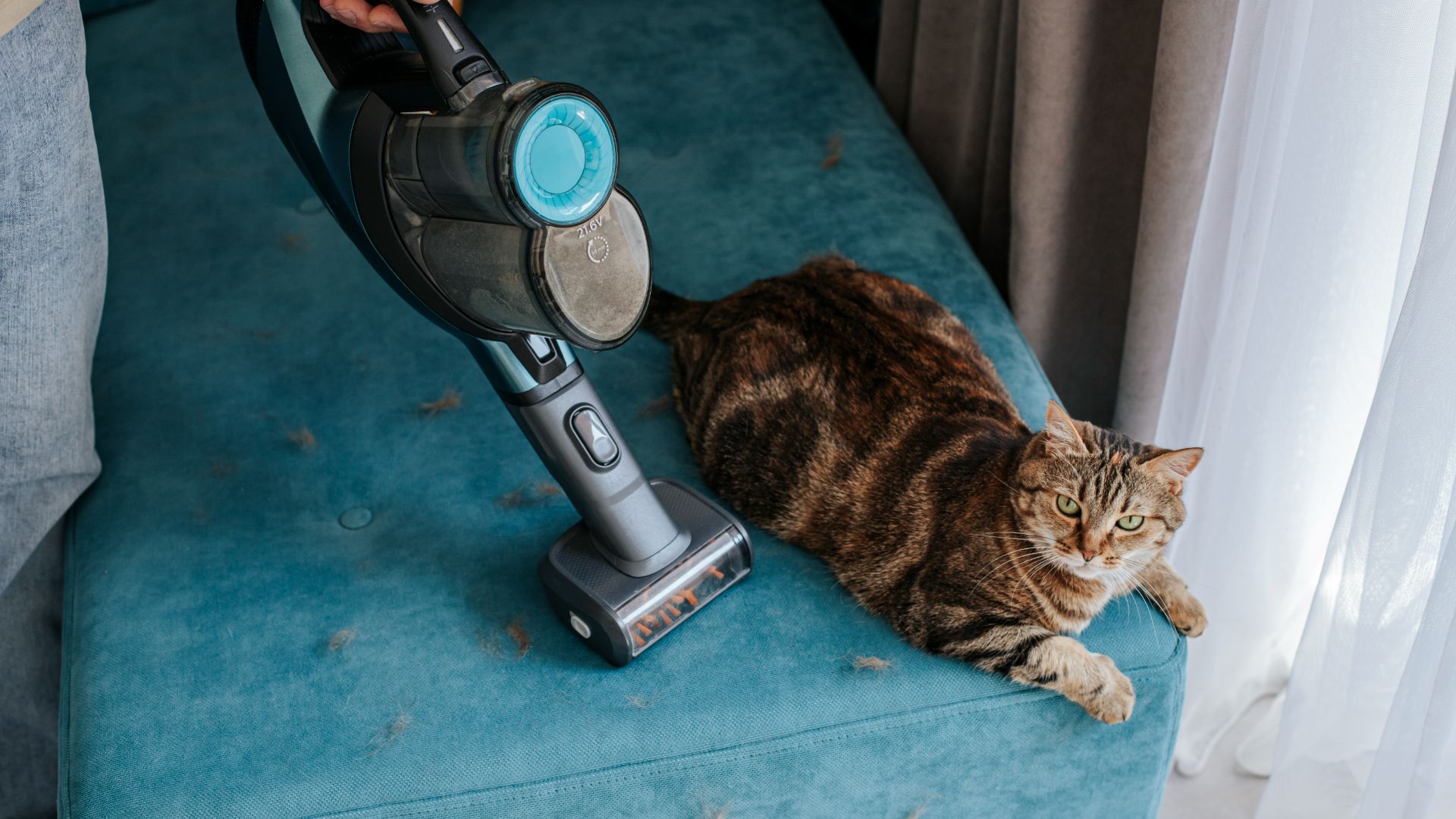
We all know the cleaning power of the best vacuums for pet hair, but did you know that you can get grooming vacuums specifically designed for use on pets? It’s a total godsend for heavy shedders, but make sure you desensitize your pet gradually, using it without the power switched on before getting them acquainted with the sound and sensation over time.
Home still covered in hair? Try donning a pair of damp rubber gloves and running them over wherever there’s floof. It does a great job of scooping up lost fuzz.
17. Line the litter box

I’d be surprised if anyone’s favourite cat care task were cleaning out the litter box, but the good news is that you can make it much easier with a litter box liner. You can buy specific drawstring liners for easy disposal and removal or, for a budget-friendly option, use a trash bag.
Simply place the liner at the bottom of the box and place the litter on top, being careful not to completely cover the edges of the liner so you can lift it out when it’s time to change the litter. It makes refreshing the best cat litter or bunny litter a two-minute job and protects the box itself, further cutting down cleaning time
18. Wipe those paws
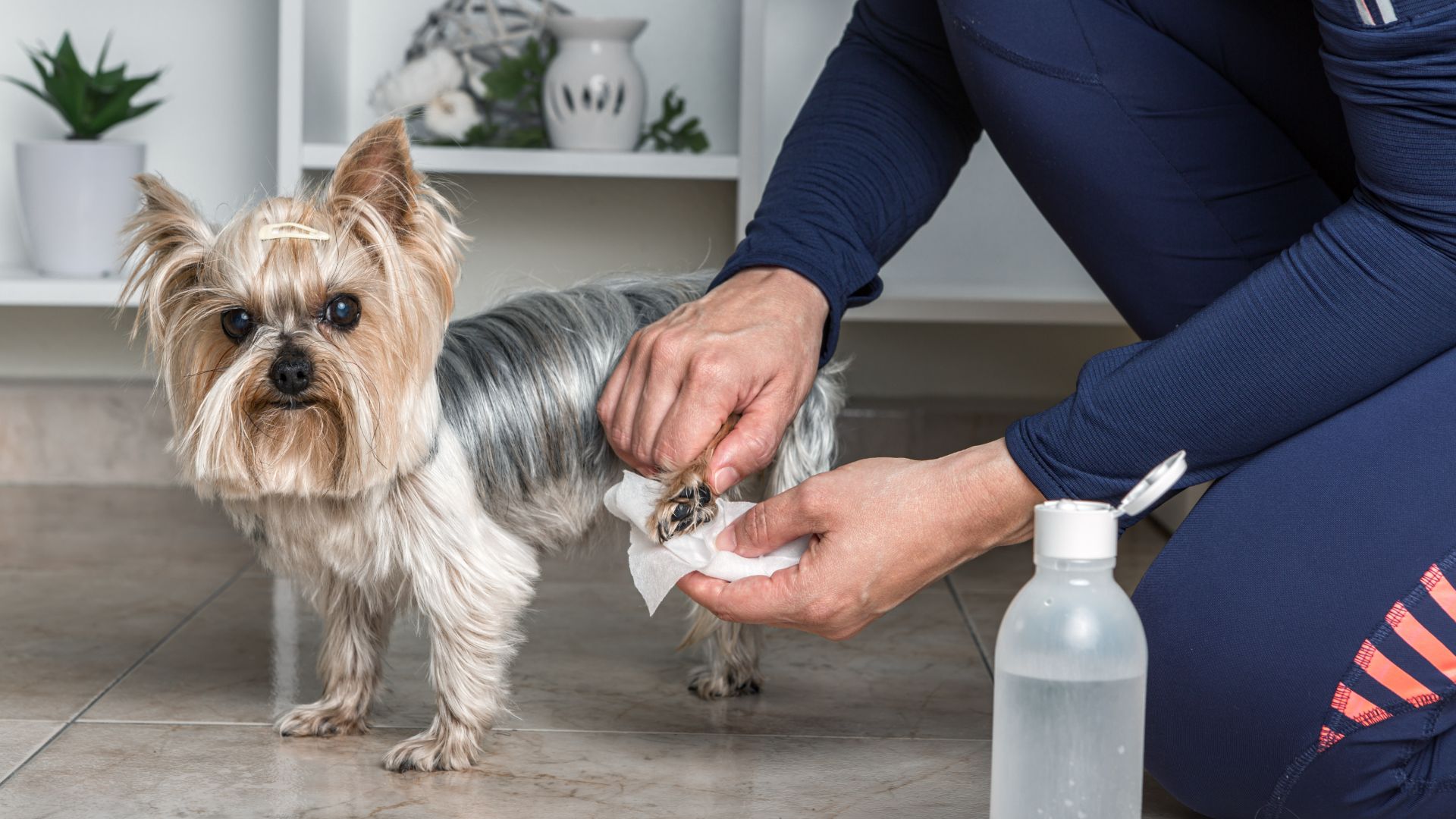
Tired of muddy paws whenever your pet comes in from a walk or frolic in the yard? Keep a pack of pet-safe wipes to quickly get all that schmutz off their little toe beans. Don’t worry – you can get compostable ones, so they’re kind to the environment too.
19. Use the burrito method

Struggling to clip claws? Administer eye drops? Load your pet into their carrier? You need to try the burrito method.
It’s one of the most useful pet care hacks, and it works for small animals, cats, and small-breed dogs. Simply wrap your pet in a towel to safely and comfortably keep their limbs secure and claws at bay while you carry out the essential care task your furious furball objects to. That way, you’re done as quickly and calmly as possible with no risk of injury.
20. Lint roll your rabbit
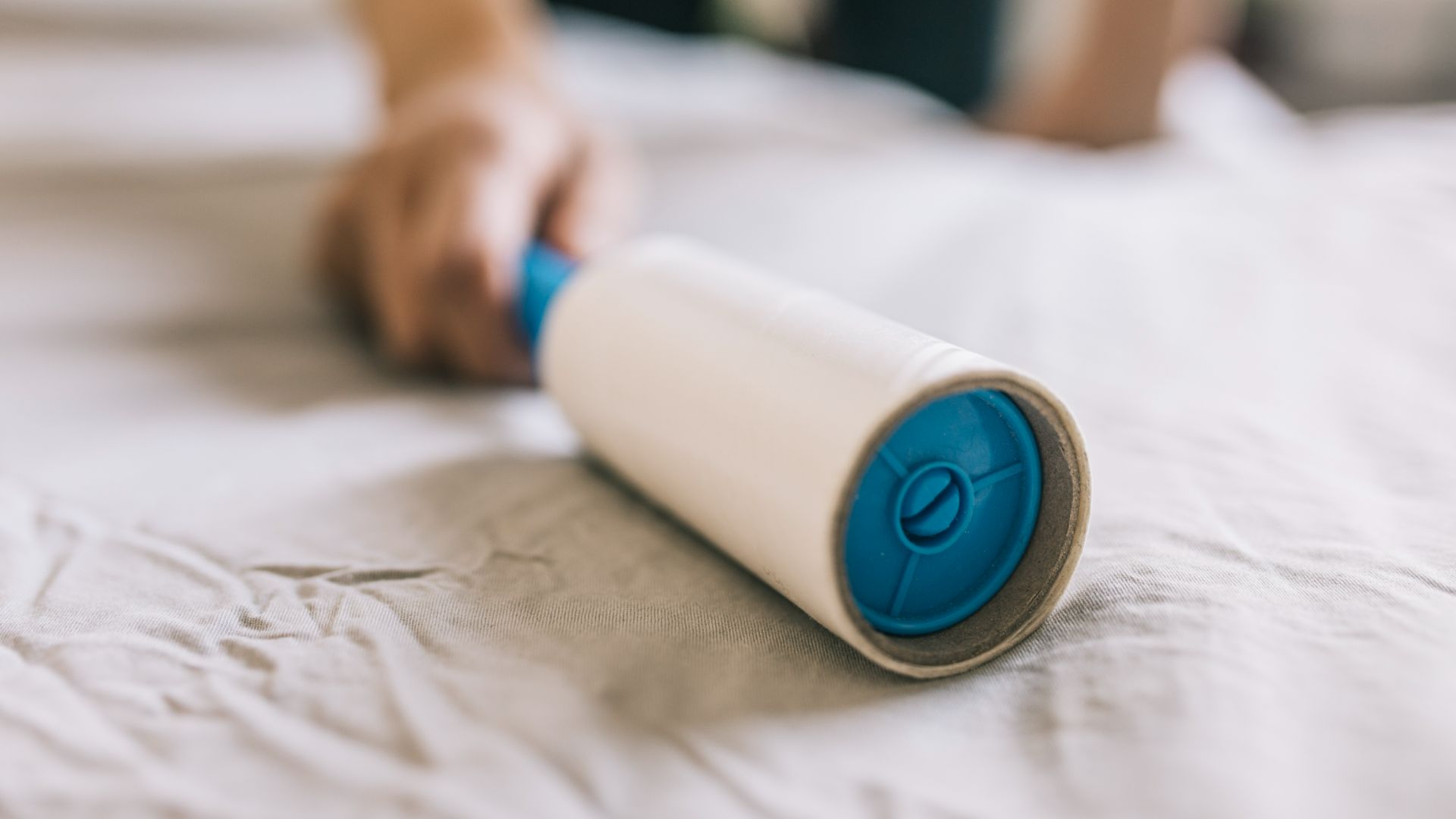
Small animals like rabbits and guinea pigs often dislike being groomed, but many breeds are still heavy shedders. Instead of reaching for the brush every time you groom your pet, why not try a lint roller? It’s a super resistance-free method to easily dislodge loose hair – you’ll be surprised how much comes off!
Read next: How to pet-proof a rental
Edited by Georgia Guerin and Alexis de Leaver.
This feature was last updated in May 2025 by Bethany Stone.

Bethany is an experienced news and features writer with an equestrian specialism, and has been writing for internationally recognised titles, such as Horse & Hound magazine where she is currently features assistant, since 2017.
Prior to her career in journalism, she studied BA English at the University of Nottingham, where she graduated with a first class degree.
As well as cultivating a vast and far-reaching understanding of equine training and management, her first-hand pet care experience also ranges from dogs and rabbits to chickens and sheep.
She’s also volunteered at greyhound rescue centres by walking their four-legged residents.
When she isn’t writing, she's kept busy by her two horses and cocker spaniel, Matilda, who’s a dab hand at dog agility and loves performing her favourite party trick – weaving between her human’s legs as she walks.
